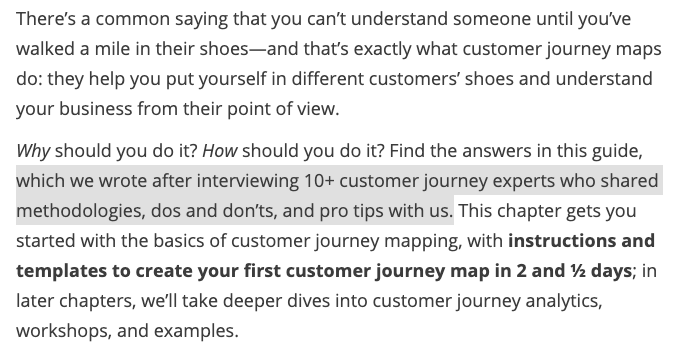This is contentfolks—a fortnightly newsletter where I share short lessons & ideas about content that makes a difference, sparks action, and truly serves its audience.
Hey there 👋
Here’s an important rule for us content folks → the ideal way to create useful, helpful, and convincing content about anything is to match topical complexity with subject matter expertise (SME).
Let me sketch that out first:

- When a subject matter expert writes basic stuff (high expertise/low complexity), it’s usually a waste of both their time and knowledge. As in: you probably shouldn’t ask a quantum physics major to write ‘Atoms 101: a beginner’s guide
- On the flip side, when a generalist writes about highly specific or technical topics (high complexity/low expertise), they run the risk of shipping work that’s too shallow or generic. For example, if you’re not into mountaineering, you may not know that “getting to the top of a mountain” is called “summiting”—but a discerning audience definitely does. Your choice of words might not resonate with readers, and could make them trust you less as a result
- The ideal state: as the topic grows in complexity, so does the content creator’s expertise
How to match complexity & expertise (and create great content as a result)
I think of the diagram above often, because it’s fairly common for content creators to find ourselves on the medium-to-high complexity side of a topic without having a matching level of expertise.
Your audience will spot a complexity/expertise mismatch pretty fast. But our work does not have to fall into the sh*t line I drew above. In my years as a content editor, I found a great workaround to use when you’re not entirely familiar with the topic you are going to write about:
- Find and interview a subject matter expert
- Transcribe the conversation (I use otter.ai) , and
- Use the raw material as your content foundation
💡 A practical example 💡
Back in 2019, our content team at Hotjar decided to write a guide to customer journey maps. We didn’t have enough first-hand expertise on the topic, so we found and interviewed over ten customer journey mapping pros (I think it was probably 15/16 by the end of the process).
Over the course of individual 1-hour Zoom calls, we asked every possible question about methodology, objectives, results, dos and don’ts. The more we spoke to experts, the more we built our own topical knowledge and started covering additional angles we had not initially thought of.
Then, we rounded up hours of transcripts, highlighted the most relevant sections of each, organised the content around a logical outline, filled in any gap that needed filling, and published a two-chapter, 7000-word guide—and, of course, gave plenty of credit to the people who made it all possible.

Not gonna lie: it was A LOT of work.
Something you probably already realised: this is a workaround, not a shortcut. If you go the expert interview route, you’ve got to factor in outreach time, schedule (mis)alignments, interview prep—and then you’ll have to wade through pages and pages of transcripts before you can even start writing.
🏆 Pro tip: not every piece has to be as big as the guide in my example. Start small: 30 minutes with one expert may be all you need to create an in-depth introductory piece on a topic you’re not very familiar with.
To sum up: you CANNOT create great content if you don’t know what you’re talking about. But you can (and should) leverage other people’s knowledge—you make them look good, they make you look good in return, and that’s a win-win for everybody involved.
Hope this helps ✌️

📧 PS: if you want to get this content as a fortnightly email,
click here and sign up on Substack 📧